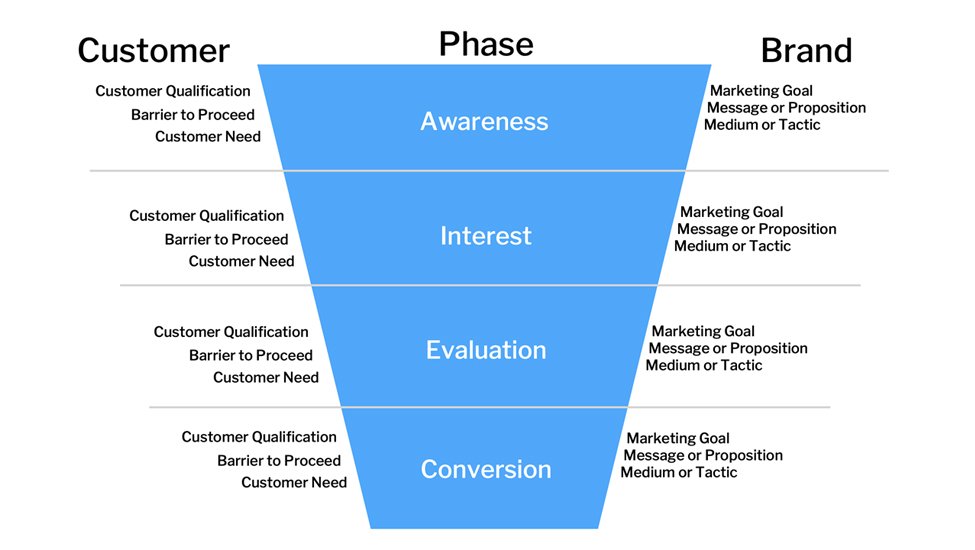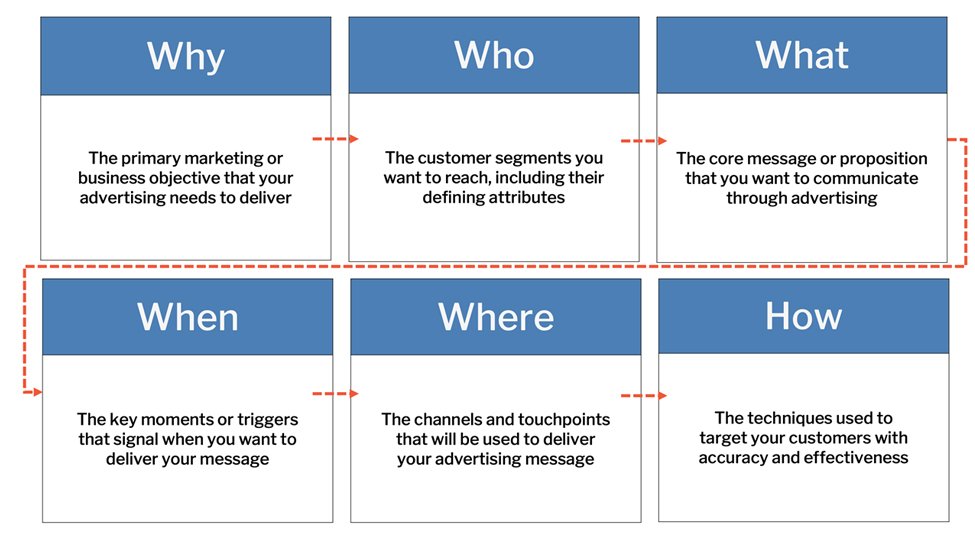
Marketing & Sales Funnel
Plan and manage your marketing initiatives that are focused on sales conversion.

The purpose of an Audience Targeting table is to help marketers explore different attributes that may be used to create audience segments for marketing purposes. The Audience Targeting tag outlines the growing list of attributes and techniques that can be used by marketers to create more granular segments. This is particularly relevant for digital advertising, 1:1 messaging, and personalization. The attributes that you can use will depend on the data that you have available, the nature of your marketing plans, and your level of audience segmentation sophistication. This table is a reference resource, not a framework to be completed by a marketing team. It is most helpful when you are exploring how to create or refine audience segments, and identifying new sources of data or models.
What are the different ways that we can create audience segments for marketing?

Plan and manage your marketing initiatives that are focused on sales conversion.

Consider and capture important strategic elements of your next advertising campaign on a single page.
This is a project from Kickframe – a digital marketing strategy consulting and training company.